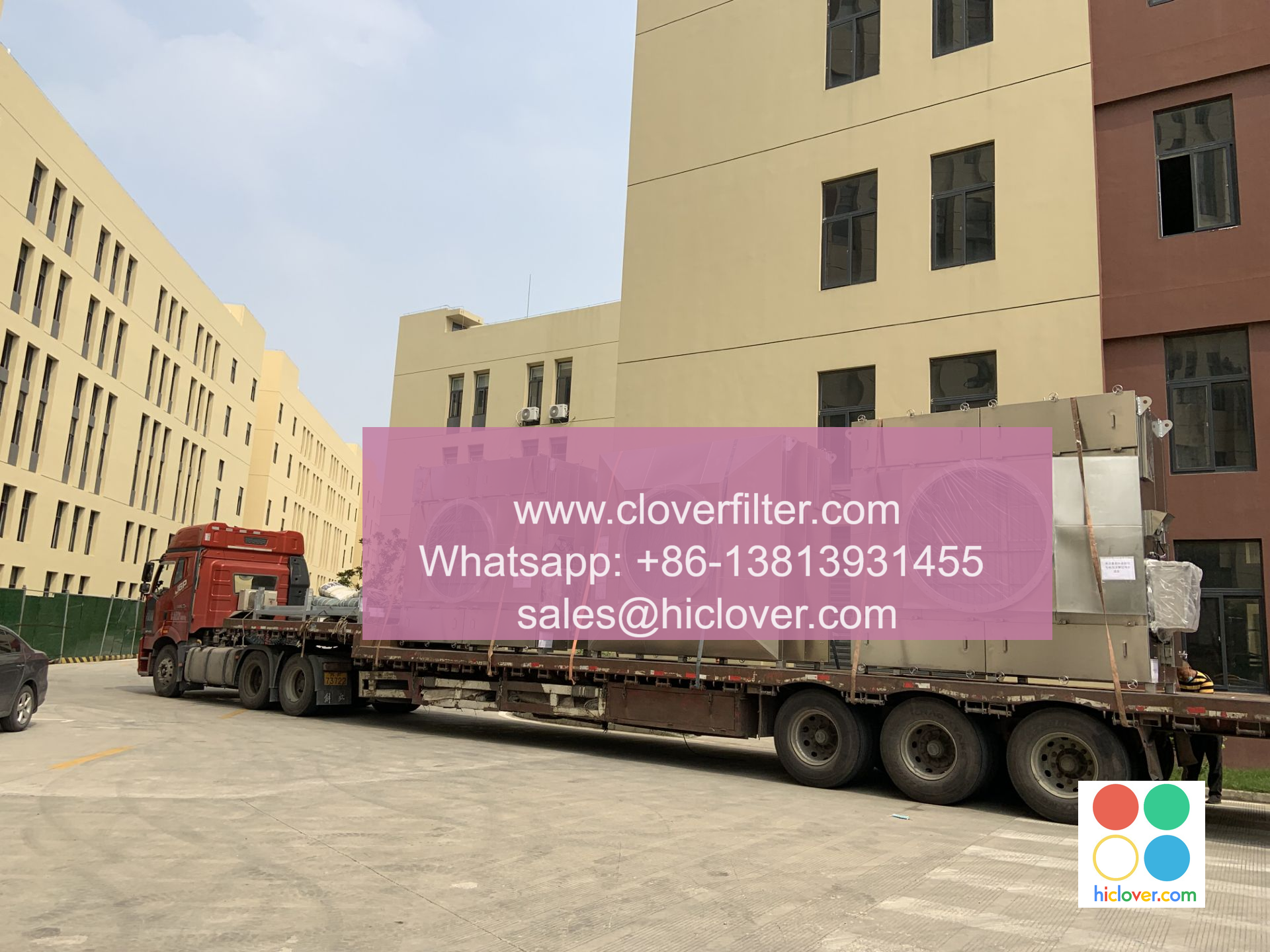The Pros and Cons of Different Air Filter Materials

The Ultimate Guide to Air Filter Materials: Weighing the Pros and Cons
When it comes to air filtration, the choice of material is crucial. With various options available, it’s essential to understand the characteristics of each material to make an informed decision. In this article, we’ll explore the pros and cons of different air filter materials, highlighting their applications, advantages, and limitations.
Fiberglass Filters: A Popular Choice for Residential Use
Fiberglass filters are one of the most common types of air filters used in residential applications. Made from glass fibers, these filters are known for their:
Pros:
- Inexpensive
- Easy to install and maintain
- Effective in capturing larger particles, such as dust and pollen
- Not very effective against smaller particles, such as dust mites and pet dander
- Can attract and hold onto moisture, leading to mold and mildew growth
- Limited lifespan, typically 1-3 months
- Excellent at removing odors and gases, such as cigarette smoke and pet odors
- Can help reduce indoor air pollution and improve overall air quality
- Can be used in both residential and commercial settings
- May not be effective against larger particles, such as dust and pollen
- Require regular replacement, typically every 3-6 months
- Can be more expensive than other filter types
- Dust
- Pollen
- Pet dander
- Smoke
- Mold and mildew
- Extremely effective against a wide range of particles and pollutants
- Can be used in both residential and commercial settings
- Can be used to treat both airborne and total air circulation systems
- Can be expensive, especially for larger systems
- May require specialized installation and maintenance
- Can be heavy and bulky, making them difficult to install in tight spaces
- Offers a balance between filter performance and cost
- Can be used in a variety of applications, from residential to commercial
- Can be replaced more frequently than other filter types
- May not be as effective as HEPA filters, but more effective than fiberglass filters
- Can be prone to clogging, especially in areas with high levels of contamination
Cons:
Approved for residential use, fiberglass filters are a cost-effective solution for everyday homes.
Activate Carbon Filters: Ideal for Odor and Gaseous Contaminants
Activated carbon filters are designed to capture odors, gases, and volatile organic compounds (VOCs). These filters are commonly used in:
Pros:
Cons:
Activated carbon filters are a popular choice for pet owners and individuals who live in areas with high pollution levels.
HEPA (High Efficiency Particulate Arresting) Filters: The Gold Standard for Air Purification
HEPA filters are designed to capture 99.97% of particles as small as 0.3 microns, including:
Pros:
Cons:
HEPA filters are the go-to choice for those with severe allergies, asthma, and other respiratory issues.
Pleated Filters: A Balance of Performance and Cost
Pleated filters are designed to provide a balance between performance and cost. They are made by layering a filter material, such as synthetic or cotton, with a pleated design to increase surface area.
Pros:
Cons:
Pleated filters are a great option for those looking for a balance between performance and affordability.
In conclusion, each air filter material has its unique strengths and weaknesses. By understanding the pros and cons of each, you can make an informed decision about which filter is best for your specific needs. Whether you’re a homeowner, business owner, or contractor, choosing the right air filter material is crucial for maintaining optimal indoor air quality and comfort.
I’m ready to assist you! What would you like to talk about or ask for help with?

